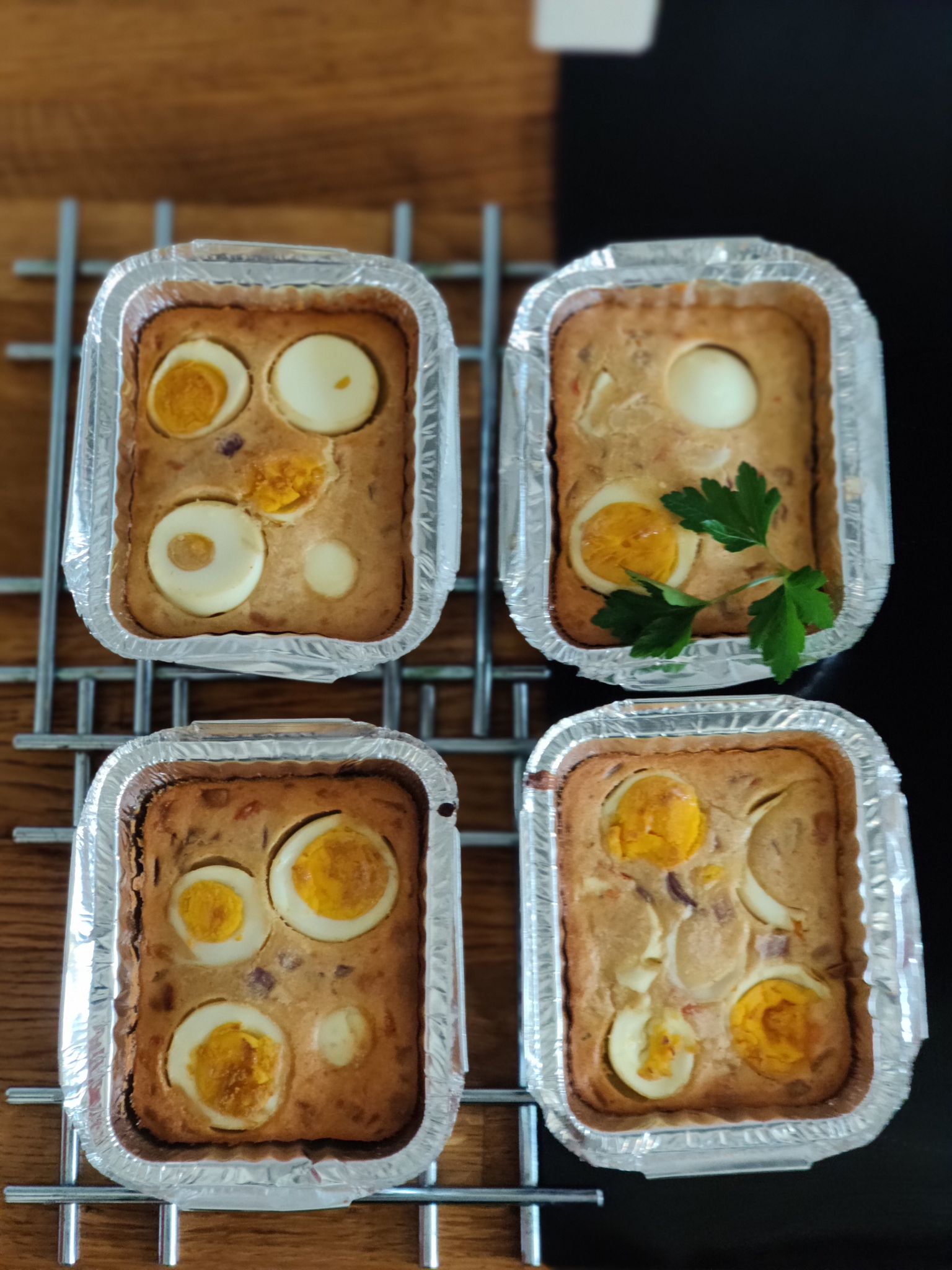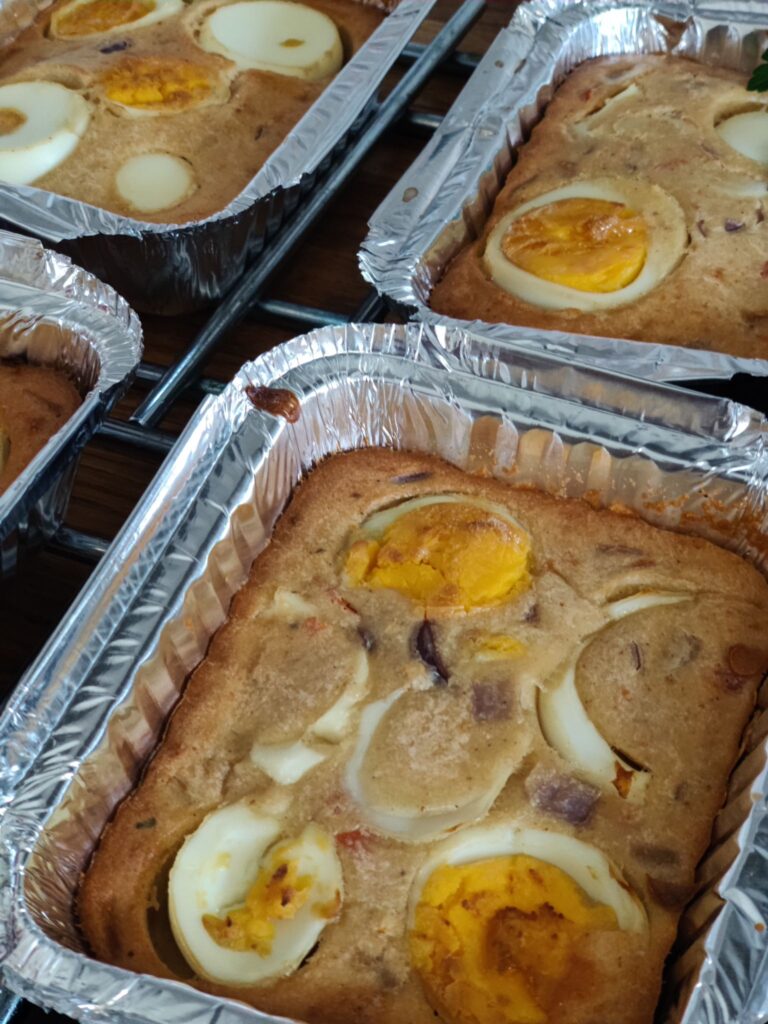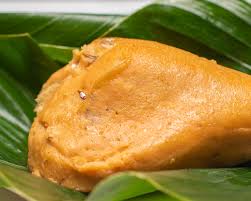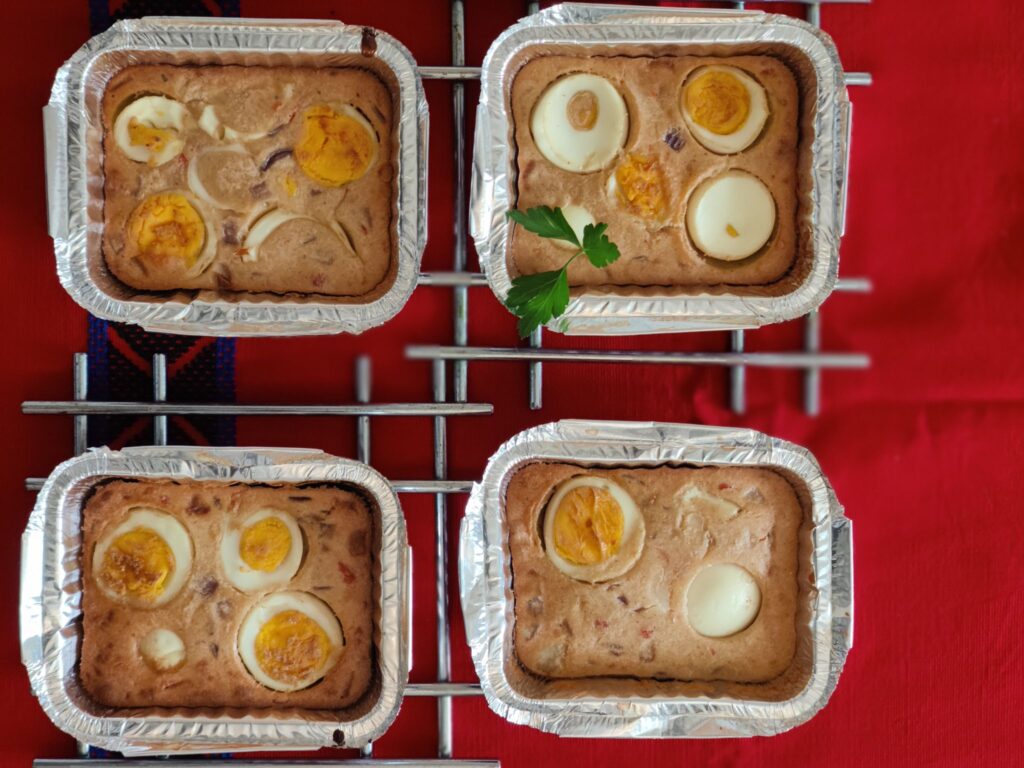
As a Nigerian child in the late 90s/early 2000s, with the recent transition to democracy, life gave us some bitter pills to swallow. With financially-struggling parents, having mild reactions to certain food (s) made one come across as a picky eater – at-least, that was how the community saw us at that time! And a “picky eater” living in an environment where food was scarce wasn’t a good label for me, neither was it a soothing reality for my family. Having a food allergy was an alien phenomenon at that time in my community.
For the average working-class family in my community, protein sources for children were limited to plant-based foods, because meat/fish/milk sources were expensive to buy on any regular basis. This meant that kids would only get a sizeable meat or fish dish during festivities – and dairy products for families living in the south were only for the rich who could afford it.
Families had to improvise – with soy beans, black eyed kidney beans, peanuts and so on. Beans were very much favoured because of how long they could carry you in-between means and for their cheap availability. My mother had to be creative with beans because her son (yes, me!) got sick after eating boiled palm oil beans (ewagonyin). Enter, Moi-Moi.

Close your eyes and day-dream with me if you can…
Moi-Moi, or Mye-Mye, as I called it when I was little, is a ridiculously tasty, typical Nigerian dish made primarily from black-eyed kidney beans, along with ingredients like onions, chilli peppers etc. Customarily eaten for lunch or dinner, it is sometimes even thriftily reheated in the morning, eaten with custard or ‘corn porridge’.
A delicious delicacy which is also good for you, Moi-Moi is wonderful as it’s an all-inclusive meal. Anyone can eat it, regardless of dietary leanings. It is perfect for vegans and vegetarians, as the major components of its preparation are plant-based (Beans, Chilli and Onions). All other additional ingredients like eggs, crayfish, fish etc are optional and do not affect the primary outcome of your tasty Moi-moi. They are only added as garnishes based on individual preferences for flavour.
It was traditionally cooked in fresh Moi-Moi leaves (Thaumatococcus Daniellii ) for its unique flavour and is still is being used in many places today.
Do not worry if you cannot find moimoi leaves for you moimoi or you do not know how to wrap it (this requires some skill and practise!). Materials like pans, oven safe ceramics wears, foils etc. are being now used as convenient options and substitutes.

Treating myself to a plate of Moi-Moi on a Saturday morning in England? It’s a glowing reminder of home, and of my beloved late mum. I’m reminded of my Dad supplying some good Kenny Rogers hits from the sitting room, serenading the atmosphere with a perfect blend of music, the savoury smell of steamed blended beans, mesmerizing flavour from Thaumatococcus Daniellii Leaves. Family food as they say, creates memories.
There’s the accompanied hunger that hits you and all your siblings, which isn’t physical hunger – you’re just dying to taste that thing. At that moment, you’re edging to assist in the kitchen- maybe you could qualify to get a first taste as an assistant chef. Remember my sister separating the garnish from her moi-moi and making a mess on the table because she loves to eat them separately. Dad’s food always tastes better for no particular reason. We always look forward to receiving an invitation to his table, and he never fails to extend one. The spoon fights in Dad’s plate, as we maneuver with our spoons to get larger portions, trying to scoop faster than the next person, always elicit a warning from Dad: ‘Be civil, or you won’t be invited.
Are you enjoying this read?
Don’t forget to subscribe…
Nolstagia – Who made moi-moi a saturday lunch-time meal?
Moi-moi was once known as a Saturday dish because it accorded families enough time to prepare it, and also the energy to embark on a mid-day family power nap, which was practically customary since we spent the rest of the week at work, school or church. It was family team-work.
Now, perhaps what’s most interesting, is how moi moi has progressed so spectacularly from its peasant roots to the top restaurants in Nigeria and beyond – a little like polenta in Italy. Moi-moi can be found in the menus of big flashy restaurants all across Nigeria and the diaspora (Ikoyi, an acclaimed West African restaurant in London, where a tasting menu is easily a couple of hundred pounds a pop, will serve up moi moi with pride), and is eaten by everyone – old, young, rich and poor. It’s the total culinary leveller, as tortillas also are for the Mexicans.

Today, I eat moi-moi not because I can’t afford meat or other protein sources, but because – its memory and nostalgia, on a plate. A few mouthfuls of this simple but uber-tasty dish, and I am brought right back to where I started – in a small, poor household somewhere in Nigeria. Now I have gone international. Like Moi-moi – formerly a food to make ends meet – now, being enjoyed by culinary thrill-seekers across the globe.




